The cable car system at famous tourist destinations in Vietnam has created a buzz with the world media, when the New York Times and a series of international newspapers have continuously praised and "favored" the top positions in the list of things to experience when exploring the S-shaped land.

Cable car carrying tourists "through" the clouds to the top of Ba Na - Da Nang (Photo: Pham Phung)
On October 25, 2023, the American daily New York Times published an article with a curious headline about cable cars at famous tourist destinations in Vietnam: "If you can take a cable car to the Colosseum, you are in Vietnam". As soon as it was published, the article ranked first in the Travel section and appeared on the homepage of the leading American daily newspaper, attracting readers from all over the world.
What author Patrick Scott described about Vietnam's cable cars in the New York Times article is brilliant and impressive. Across the country, there are 6 Sun World parks with cable cars, winning 9 Guinness World Records. On Phu Quoc Island, the cable car route crosses 8 km of sea to see the "crystal clear" ocean from above. In the Northwest, there is the cable car route to the top of Fansipan - the roof of Indochina, crossing the thick and white sea of clouds. And it is impossible not to mention the cable car route to the top of Ba Na (Da Nang) - the first milestone of Sun Group in Vietnam, turning the former French resort into Sun World Ba Na Hills - a European-style amusement park complex, with the Golden Bridge - a media phenomenon of the world, a symbol of Vietnamese tourism.
This is not the first time the international press has been impressed with cable car systems in Vietnam. The most typical example is the Hon Thom cable car, which has continuously received attention from the world media recently, with the general consensus that it is a must-try experience when visiting Phu Quoc.
In October 2023, Yonhap news agency called the Hon Thom cable car “a unique experience, when you can see the Mediterranean landscape in a tropical country”. “The bible of the travel world” Lonely Planet in its post in early November commented that the Hon Thom cable car experience has a reasonable price, and visitors can see the whole beautiful view of Phu Quoc sea from above.
Travel+Leisure suggested in late July that the cable car to the top of Ba Na is one of the best experiences in Da Nang. Meanwhile, the Australian magazine Escape also said that going to the Sun World Ba Na Hills tourist area at an altitude of about 1,500m above sea level makes “Da Nang more interesting for all visitors”.

Cable car to Fansipan peak across Muong Hoa valley in the "golden season".
Cable cars have also become a “magnet” attracting tourists to Vietnam because they suit the needs of modern tourists. Mr. Yong Sun Ok, Head of Southeast Asia Department of the leading Korean travel company Hanatour, commented that one of the reasons why Vietnam attracts Korean tourists is because of the ability to access the mountains by cable car. “I personally like taking the cable car. I think the most attractive thing is being able to see the scenery from above,” he said.
Cable cars are not only a means of transporting passengers, but also a symbol of the creativity of Vietnamese tourism workers. If our country's nature is endowed with undeniable beauty and attraction, cable cars are the means to access them in the most complete way.
However, such values alone cannot make the international media devote so much "ink" to the cable car system.
Positive reviews and continuous praise from leading international newspapers have shown the influence of cable cars on the image of Vietnam's tourism industry to the world. The cable car system is one of the typical examples showing the remarkable growth of Vietnam's tourism infrastructure, contributing significantly to promoting the local economy in recent years, as the New York Times commented: "Vietnam is home to four of the world's longest cable car lines, all built in the past decade, showing the dramatic transformation of the country's economy and tourism industry.
Cable cars are considered a way to develop tourism sustainably, bringing a "new face" to the destinations where they appear, improving the lives of local people, and contributing to local economic development.
According to the New York Times article, the Sa Pa authorities only welcomed 65,000 tourists in 2010, before the highway from Hanoi was built in 2014 and the cable car was inaugurated in 2016. By 2019, the number of tourists had skyrocketed to 3.3 million and reached 2.5 million last year in an effort to recover from the Covid pandemic.
Fansipan cable car along with an attractive tourism ecosystem including Sun World Fansipan Legend and Hotel de la Coupole - MGallery Sa Pa are the driving force that has helped Sa Pa's GRDP per capita increase from over 40 million VND/person to over 80 million VND/person, in just 5 years.
Or in Da Nang, along with iconic constructions and a series of large-scale events, since its inception, the cable car and Sun World Ba Na Hills have become important driving forces for impressive growth figures. According to statistics, from 2009 to 2018, the number of visitors to Da Nang increased by 463%, and the number of visitors to Ba Na increased by more than 160 times. 2019 marked a remarkable development of the city's tourism industry, reflected in the number of 8.6 million visitors, of which international visitors were estimated at 3.5 million, bringing in a total revenue of an estimated VND 30,973 billion.
In a sustainable tourism development roadmap, cable cars lay the first foundation for developing tourism infrastructure, which then “leads” tourists to attractive tourism products, which are considered “man-made wonders”. The most successful example is the Golden Bridge at Sun World Ba Na Hills (Da Nang).
Since its formation halfway up Chua Mountain, the Golden Bridge has transcended its mission as a bridge leading tourists to a fairyland, to become a new symbol of Vietnam’s tourism industry. Now, when visiting souvenir shops, tourists can easily see the image of the Golden Bridge “covering” everywhere.
Recently, an article by Bored Panda stated that the image of Da Nang is now “synonymous” with the Golden Bridge in the eyes of international visitors: “It is not an exaggeration to say that the Golden Bridge has put Da Nang on the tourist map of hundreds of millions of visitors across Asia and beyond.”
Or in Phu Quoc, Sunset Town is a symbol whenever international media mentions the Pearl Island. South Korea's Yonhap news agency commented that Sunset Town is "a unique experience of seeing the Mediterranean landscape in a tropical country", while Australia's Traveller website said that "Visitors will enjoy exploring every corner of this Italian-style town".
It can be seen that when mentioning the image of Vietnam on the world tourism map, international media no longer only mentions natural wonders such as Ha Long Bay or Son Doong Cave, but also mentions attractive tourism products created by humans. The image of Vietnam is now associated with the extraordinary creativity of tourism workers, with world-recognized records, such as cable cars.
Correspondent Thanh Huyen/VOV.VN
Source


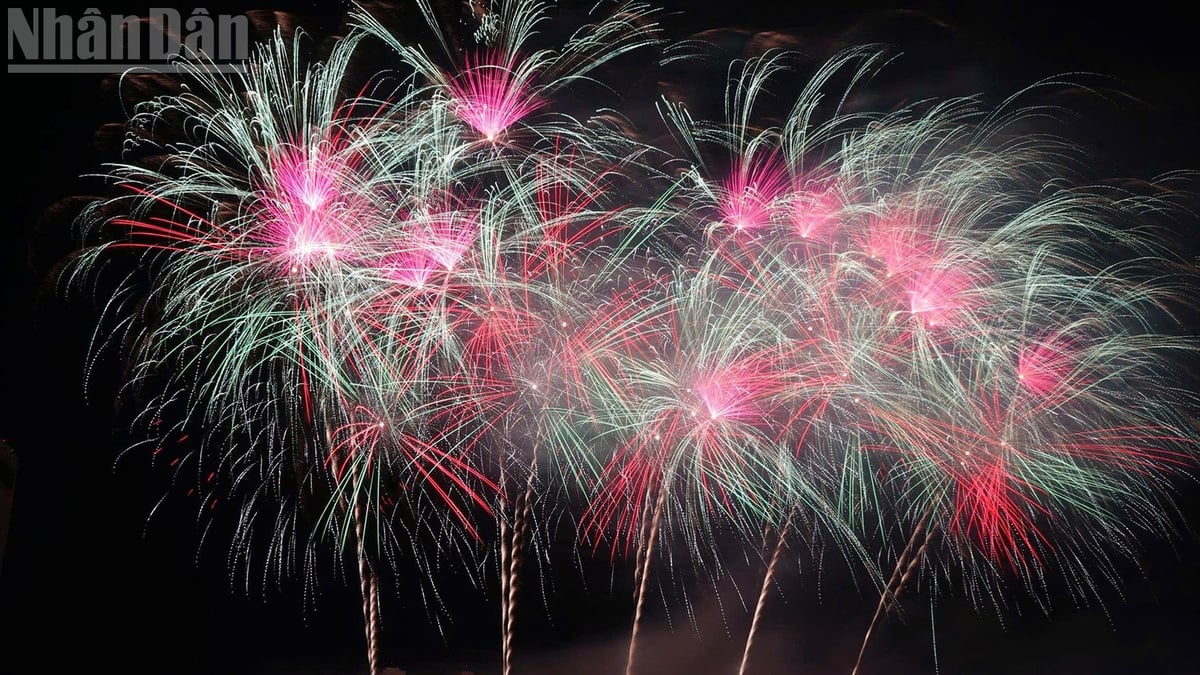









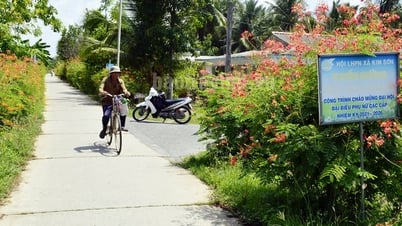
















































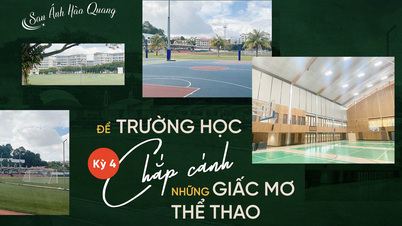


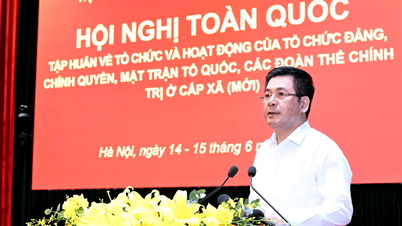






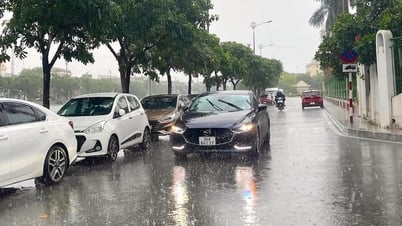









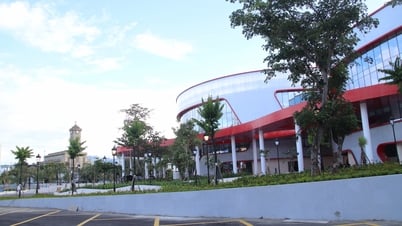















Comment (0)